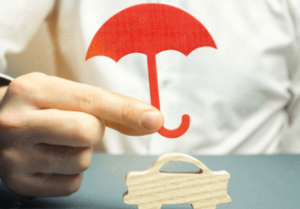How To Wisely Adjust Your Liability Coverage To Save Money On Auto Insurance

Liability coverage is a fundamental part of insurance policies in protecting drivers from law suits that may arise because of an auto accident. When deciding on your liability limits, you need to pay careful attention to the damages that can arise because of an accident. No one intends to cause an accident, but it can happen to anyone. Accidents can result in property damage or bodily injuries. If you are at fault for an accident, you need insurance to pay for the damage and medical expenses of other people. Liability insurance only covers the damage for which you are legally responsible. You should only consider lowering your limits if you have access to hundreds of thousands of dollars that may be needed to pay for someone else’s injuries.
Most liability coverage is split into two parts. Bodily injury coverage pays for the injuries to other people, and property damage pays to repair or replace damaged property, which can include another car, a lawn fixture, light pole or a house that gets struck by a car. State laws will tell you the minimum liability coverage you must purchase. There will be limits for bodily injury per person and per accident plus a limit for property damage. This is called a split limit’. A typical policy may carry coverage of 25/50/10. This means the policy will pay up to $25,000 per person injured in an accident up to a total of $50,000 for all injured persons. The policy will also pay up to $10,000 total for any property damage caused. Some policies carry a combined single limit that covers any kind of liability. A typical limit may be $100,000. This policy will pay up to a maximum of $100,000 for all injuries and damage.
There really is no way to predict how severe an accident may be. Anyone who cuts liability limits to save a few dollars on premium could end up in the position of selling his or her home to pay for damages to another person. This is why higher liability limits are always recommended. In fact, you should choose the highest limit available from your insurance, which is usually $500,000.
Trying to save money by lowering liability limits is a risky strategy. In most cases, higher liability limits are very inexpensive. You can sometimes increase your limits for as little as $25 or $50, so there is little logic to saving on liability premiums that may ultimately end up saving you thousands of dollars or even your home should a large accident occur. Unless you have hundreds of thousands of dollars quickly available to you, buying the highest limits available is the smarter choice.

